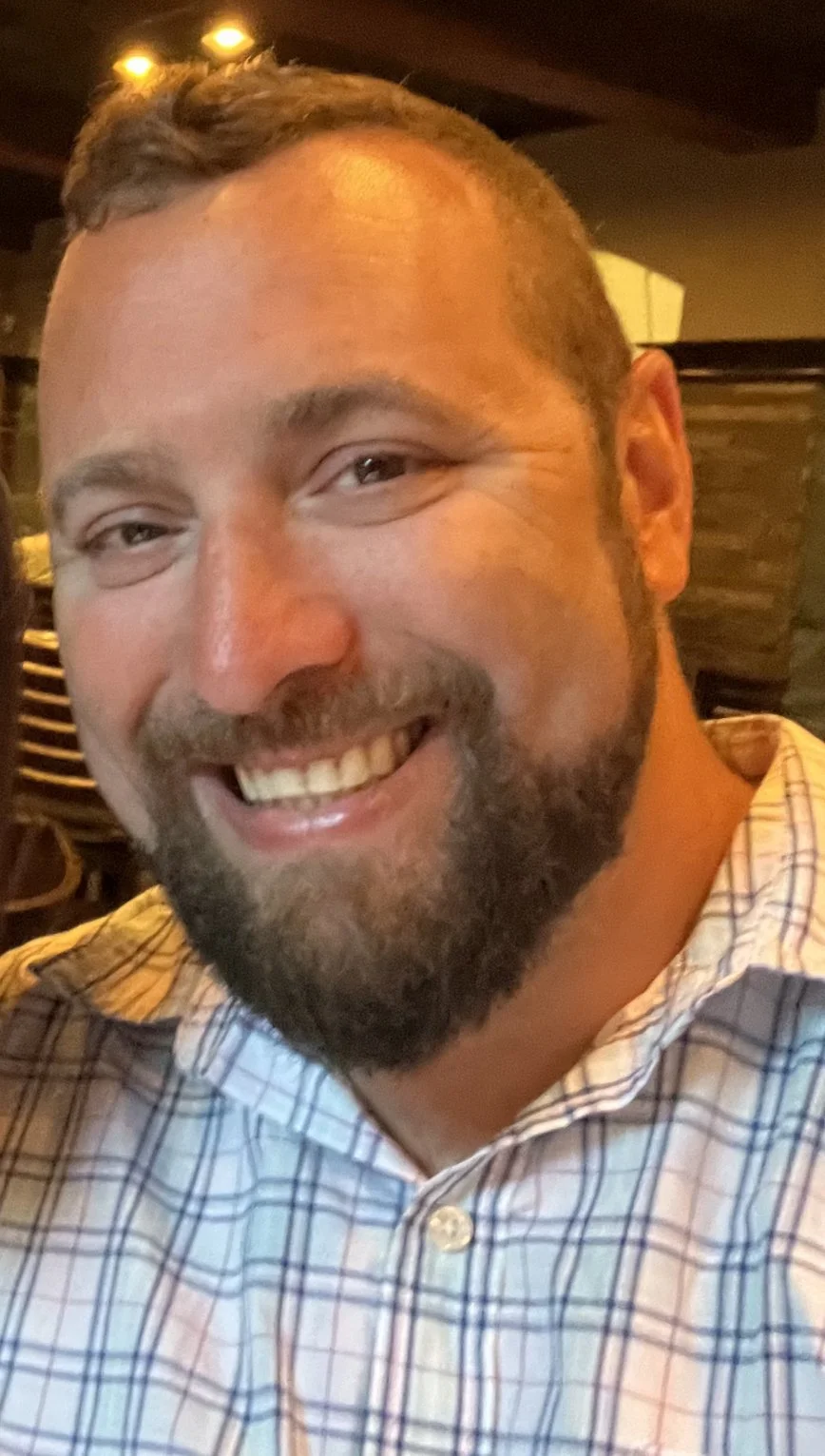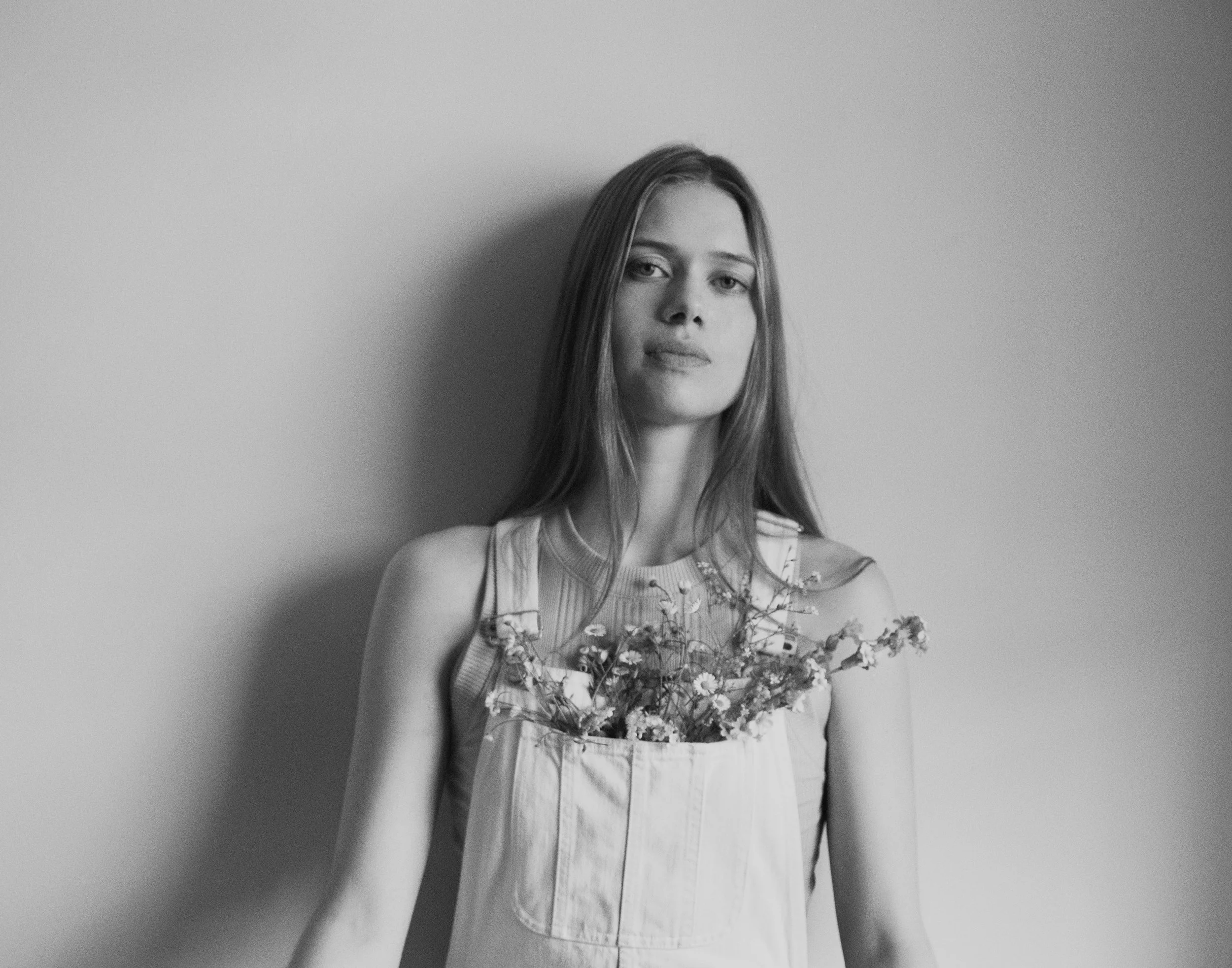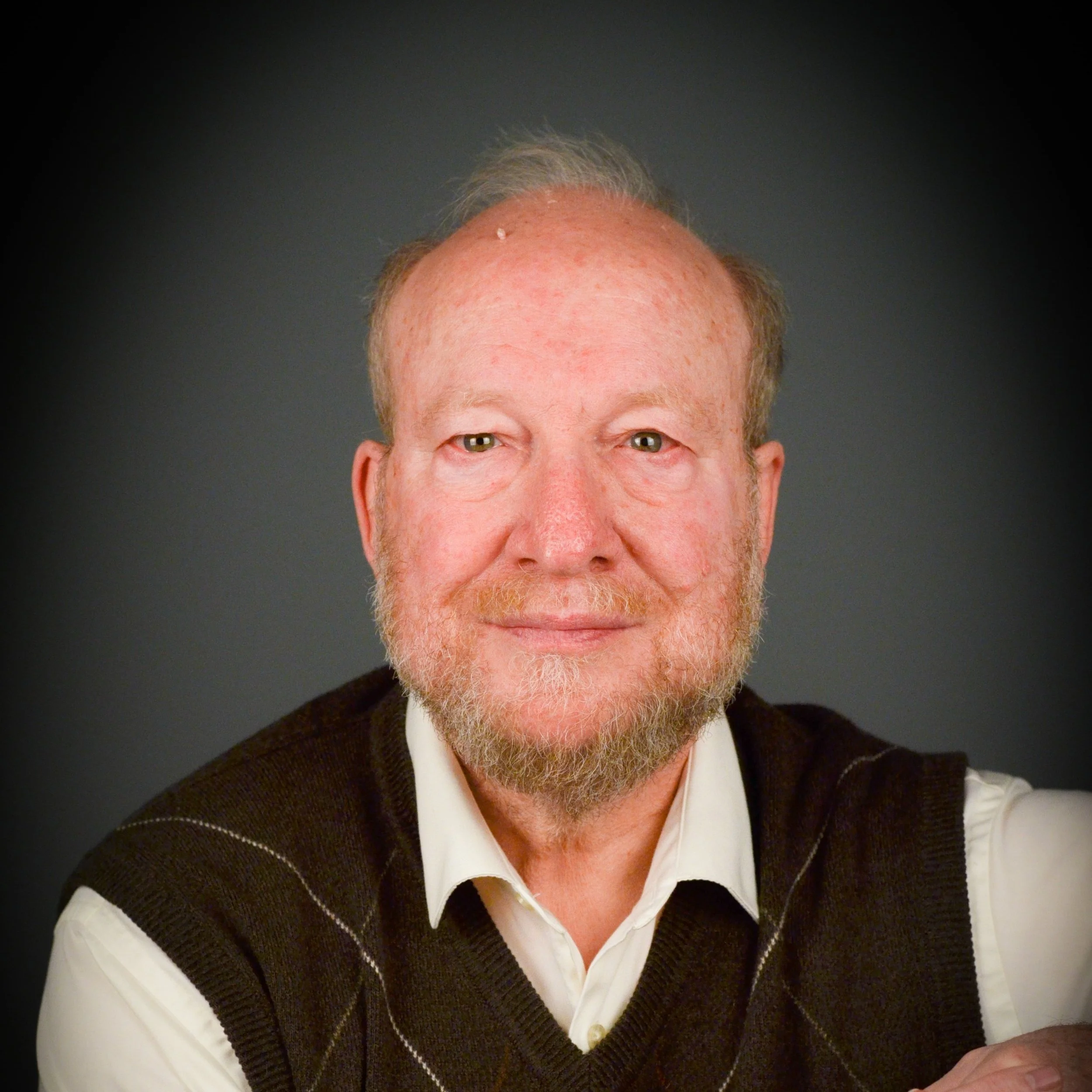By Rebecca Fogg
It all started so early that I didn’t question it–my body yelling that something was terribly wrong with me or my life, even when it wasn’t. A chest cramp and wave of chills as a child, when I fibbed to a babysitter about my bedtime and got away with it. Spontaneous sobbing fits so immersive as a teenager that, driving myself to school, I had to pull off the road because I couldn’t see. Vigilance in romantic relationships as a young adult, analyzing every moment of tension for a partner’s potential indifference or disrespect (which would feel dangerous) as if scanning for cancer. Gut-knotting anxiety in business on the few occasions I met a no-win political situation but felt as though my whole future depended on mastering it.
I never spoke to my parents about my youthful somatic suffering, or to close friends later on. Why would you mention that you breathed air, or put one foot in front of the other to walk? If it was in my nature, then nobody could do anything about it. If it wasn’t, then it was my problem to solve. I could still experience the thrills of love, joy, learning, helping, and achieving, and frequently did. But they often felt snatched, like luxury items I’d smuggled past a dozing guard who’d awake at any moment and chase after me. Finally, in my early thirties, some especially observant friends nudged me toward therapy, and I learned to recognize and challenge distorted thoughts that caused me pain. Life improved significantly.
Then in 2006, my right (dominant) hand was partially amputated in a midnight explosion in my Brooklyn apartment, where I lived alone. Eight tendons, an artery, and the main nerve of the hand were severed, requiring extensive surgical repair at Bellevue Hospital in Manhattan. Afterward, doctors couldn’t tell me how useful my repaired hand would be, because so much could still go wrong in the healing process. Exhausted, disabled, in pain, and mentally muddled by pain medication, I couldn’t manage self-care, house care, and a mountain of accident-related paperwork myself; so my family stepped in for a few weeks, then an army of friends took over until the worst was behind me.
I was deeply grateful for, and cheered by, the love and assistance I received. But I also felt profoundly lonely, alienated from my self and life, and grief-stricken by unnamable loss. My trauma expressed itself in spontaneous sobbing fits, violent dreams, and intrusive thoughts about the September 11th terrorist attacks (which I’d also survived, as I worked just across the street from Ground Zero). Ultimately, physical recovery required three months out of work, several hundred hours of occupational therapy, and 45 hospital visits that year. I muscled through it by continuing with psychotherapy, speaking regularly to loved ones, and studying the science of trauma and healing, which intrigued and inspired me and gave me a sense of purpose and progress. By the one-year anniversary of the accident, I had returned to the exact same life I’d been living before it and thought I had moved beyond the trauma. I felt (and still feel) changed for the better–closer to loved ones, more empathetic and ambitious for social impact; and the experience brought two new passions into my life: writing and science. My therapist and I decided our work together was finished.
Over a decade later, I began writing a book about my injury and recovery, and the science behind it–from the brain’s fight-flight program (which enabled me to rescue myself) and the evolution of reconstructive surgery over thousands of years of war; to peripheral nerve regeneration and neuroplasticity, which made my extensively-repaired hand useful again. I titled the book Beautiful Trauma, to reflect the unexpected coexistence of the wonderful, and the terrible, in my experience.
Living alone in 2020-21, as I had been at the time of the accident, I wrote in isolation for hundreds of days while COVID locked down the planet, and the US burned with racial injustice and political corruption. Increasingly, waves of irritation, grief, and despair left me gasping for relief, and I considered this span of time a fresh trauma, symptoms of which would surely abate when the pandemic did. But when they continued to flare occasionally even a year after the last COVID restrictions were lifted, it finally occurred to me that I might still have accident-related trauma to process. So after some time seeking the right practitioner, I recently began a course of EMDR (Eye Movement Desensitization and Reprocessing) therapy, which I’d learned about through my book research.
The effects so far have been remarkable. The process has surfaced questions I’ve never contemplated before; and these, in turn, have prompted insights about how old family crises, my accident experience, and my depression/anxiety might be connected–insights that I don’t believe I could have arrived at through any other means. Processing these in the safety of the sessions, I’ve tapped wells of anguish I didn’t know I harbored. Outside the sessions I feel an old vigilance relaxing, surrendering intellectual and emotional bandwidth that I hope I can redirect toward accepting what I can’t change, and pursuing what will enrich my life and that of others. I know that EMDR won’t eradicate stress and sorrow from my life. But based on my experience of it so far, I believe it will help me live with more ease and optimism, as talk therapy did before it.
I find it astonishing that I didn’t consider pursuing trauma-focused therapy until I’d lived almost 20 years post-accident and written a whole book on trauma. But then, trauma weaves itself into one’s full-body experience in subtle ways that can be difficult to recognize, or may only be visible over time as patterns of suffering emerge. I also needed to sit with my new research knowledge for a while before understanding that I could be suffering the effects of trauma despite not meeting the precise clinical criteria for PTSD and that EMDR wasn’t just for soldiers.
And, I suspect that the way we talk about psychological resilience as a society also plays a role. It’s often characterized as a linear, time-bound process; and admired, almost as if it were the product of good character, rather than of innumerable, interacting bio-psycho-social factors, many beyond our knowledge or control. As such, you work hard at recovery, you progressively improve, you finally “get over” the trauma–and you’re a hero! Who wouldn’t want to live that story arc? I needed to believe it in the months following the accident, while I exhausted myself every day, physically and psychologically, grappling with the challenges of my upsetting “new normal.” But months later, as I regained health and hand function, and thrived otherwise as well, the powerful narrative may have distracted me from psychological healing yet to do.
What is resilience, then, if not getting “over” or “past” life’s most painful experiences? I see it as a life-long process of learning to live with energy and optimism, despite intimate knowledge of our fragility and mortality. It can be grueling work, requiring substantial social and professional support to which I’d wish everyone adequate access. But it offers freedom from the depleting pain of resisting the human condition and the lost opportunity that results from not seeing the facts of our lives as they are. And there can be beauty in it–like the compassion of helpers, the wisdom we gain through coping that we pass on to others, the doors opened to new experiences and relationships to be cherished. Resilience is being alive.
In 2008, Rebecca Fogg walked away from her New York life and successful career in financial services to move to London, where she co-founded the Institute of Pre-Hospital Care at London’s Air Ambulance and continues to work, write, and learn Scottish fiddle. A graduate of Yale University and The Harvard Business School, she spent five years (2014-2019) researching and writing about healthcare with renowned Harvard Professor Clayton Christensen, author of The Theory of Disruptive Innovation. BEAUTIFUL TRAUMA: An Explosion, an Obsession, and a New Leases on Life (Avery, Penguin Random House), is Fogg’s first book. It was awarded the 1029 Royal Society of Literature Giles St. Aubyn Judge’s Special Commendation for work in progress.





























